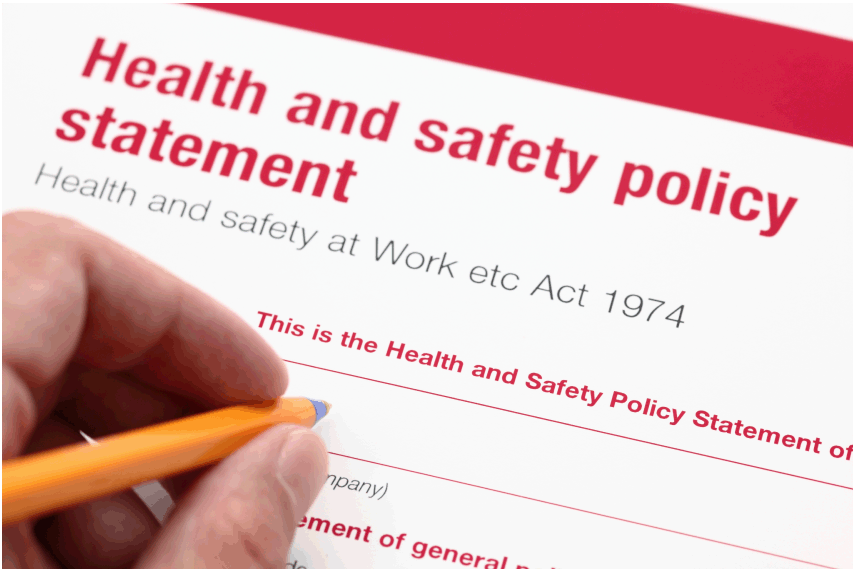
Former top Health and Safety Executive (HSE) officials have published three papers commemorating the 50th anniversary of the Robens report; ‘Why Robens?’, ‘Unravelling the Maze’ and ‘What Difference Did Robens Make?’. These include an examination of how the study came to be, what happened to its recommendations, and how health and safety results have changed.
According to the findings, workplace fatalities, major injuries, and accidents have decreased dramatically since 1974. Fatalities have decreased by 88%, while non-fatal accidents have decreased by 72% since 1986/87. These represent annual savings of 4.8% and 4.0%, respectively.
So, what exactly is the Robens report and what has happened since for fatalities in the workplace to decrease by 88% 50 years on from the original report? Read on to find out.
British Health and Safety Before 1972
Prior to the Health and Safety at Work Act introduced in 1972, which expanded health and safety protection to almost all workers, British health and safety regulation was severely fragmented. Over 500 laws and nine acts governed the safety, health, and welfare of workers in certain sectors and vocations, each providing enhanced control over specific risks such as ionising radiation.
While some businesses, such as chemical companies, were subject to many and frequently contradictory laws, others, such as hospitals and schools, were completely exempt from legal protection. This meant that approximately 8 million British workers, or nearly a third of the total working population, had no legislative protection from work-related injuries and diseases.
Workplace accidents and fatalities were unacceptably high by 1970, and the UK regulatory system was broken. The Aberfan accident on 21 October 1966 was one of numerous catalysts for change, killing 144 people, 116 of whom were children, when a pile of coal ash slid onto their South Wales village.
In 1972 Lord Robens set out to find a strategy to reduce work-related deaths, injuries, and illness in the United Kingdom. At the time, there were around 1,000 work-related deaths each year, half a million injuries, and 23 million working days lost each year due to industrial injury and disease.
The Robens Report
Due to the lack of workplace health and safety regulations, the Robens committee, chaired by Lord Alfred Robens, presented its momentous report 50 years ago in 1972 altering Britain's regulatory OSH (Occupational Health and Safety) approach and creating a ripple effect felt as far afield as Singapore and Australia.
The report, which was eventually published in 1972, simply put, stated that there was too much law.
Lord Robens observed that one of the reasons for too much law is that whenever a new technical situation develops, an external entity imposes a new set of precise rules.
Robens moved away from listing numerous distinct regulations instructing exactly what should be done about specific hazards and dangers and instead made it a simple idea - goal setting - that every employer should recognise the risks that they're generating and successfully manage them.
The report was extremely helpful. Following Labour's re-election two years later, the recommendations were largely implemented through the Health and Safety at Work Act 1974.
The Health and Safety Work Act 1974
The Health and Safety at Work Act 1974 (HSWA) is the major piece of law in the United Kingdom governing occupational health and safety. The Act's enforcement is the responsibility of the Health and Safety Executive. It is also known as the HSWA, the HSW Act, the 1974 Act, or HASAWA.
It specifies the general responsibilities, which include:
- Employers have obligations to employees and members of the public.
- Employees have obligations to themselves and to one another.
- Certain self-employed have obligations to themselves and others.
While it’s a fairly hefty piece of legislation, the key goals can be distilled down into the following six points:
- Provide a safe place of work.
- Provide safe equipment.
- Ensure staff are properly trained.
- Carry out risk assessments.
- Provide proper facilities.
- Appoint a competent person to oversee health and safety.
Lord Grocott gave this crucial law a positive appraisal in 2008: "The record of the Health and Safety at Work Act 1974 act speaks for itself."
"Between 1974 and 2007, the number of fatal injuries to employees decreased by 73%, while the number of reported non-fatal injuries decreased by 70%."
The success of the act is undeniable; the stats speak for themselves.
UK fatal injury statistics since the Health & Safety at Work Act
The Health and Safety at Work Act of 1974 had a significant impact on British industry. Since then, there has been a great reduction in work-related injury and the general magnitude of illness.
From 1974 until 2015:
Keep Your Workplace Safe with Label Source
Explore our wide range of safety signs today to ensure your workplace is a safe place for your workers.
You can also stay up to date on all the latest health and safety news by checking up on our blog or following us on Twitter.